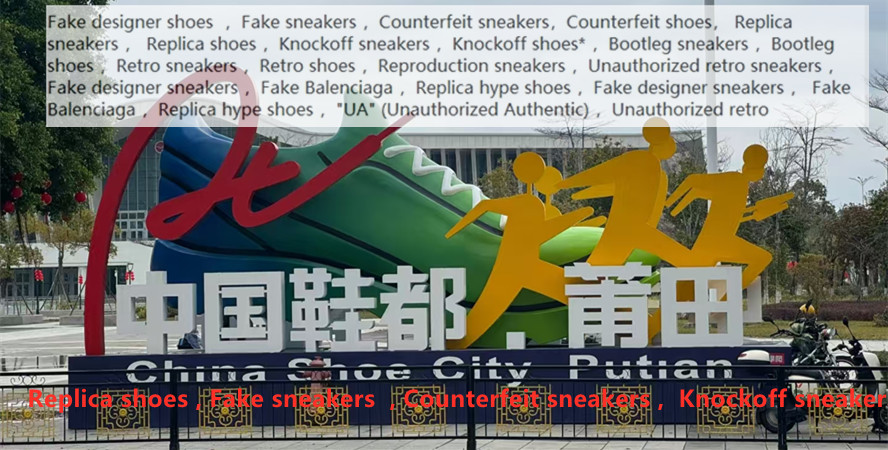
"UA" (Unauthorized Authentic)How to Determine Responsibility for Selling Fake Putian Shoes?
"UA" (Unauthorized Authentic)How to Determine Responsibility for Selling Fake Putian Shoes?,

Responsibility Determination in Selling Fake Shoes: A Case Study on Selling Putian Shoes
In the realm of commerce, the sale of counterfeit goods has always been a highly scrutinized activity, and selling fake shoes such as the infamous Putian shoes is no exception. Such unauthorized sales pose significant threats to genuine manufacturers, consumers, and the overall integrity of the market system. To determine responsibility in such cases, several factors need to be considered.
Firstly, the origin of the shoes must be verified. Putian shoes are often replicated with such precision that it becomes challenging to distinguish them from the genuine product. However, an investigation into the manufacturing process and the source of the goods can reveal whether the seller had knowledge of their being counterfeit. If the seller sourced the shoes from an unauthorized manufacturer or distributor, this can be a strong indicator of their awareness of the product's origin.
Secondly, pricing is a crucial aspect in determining responsibility. Often, counterfeit goods are priced significantly lower than the genuine product to attract consumers. If a seller is offering Putian shoes at prices that are considerably lower than market rates for genuine brands, this can raise suspicions of selling counterfeit goods. In such cases, an investigation into pricing strategies and the seller's knowledge of market norms becomes pertinent.
Thirdly, the seller's behavior and actions need to be analyzed. Did they advertise their products as genuine while knowing they were fakes? Did they attempt to pass off the shoes as authentic through deceptive marketing practices? Did they provide false information about the origin of the shoes or refuse to disclose critical details? Such behavior indicates a lack of integrity and can be used to determine their level of responsibility.
Moreover, evidence such as customer feedback, testimonials, and product reviews can offer valuable insights. If there are multiple complaints about the quality of the shoes being far from what was promised or advertised, this can suggest that the seller was aware of their being counterfeit and still sold them. Social media platforms and online forums often provide a wealth of information in such cases.
Lastly, it is essential to consider whether the seller had any prior knowledge or involvement with the production of these counterfeit shoes. If they are found to have been involved in any stage of production or distribution, it is clear evidence of their involvement and responsibility. In some cases, sellers may even have received training or guidance from manufacturers on how to replicate specific designs or branding.
In conclusion, determining responsibility in selling fake shoes, especially Putian shoes, requires a comprehensive investigation into various factors. From the origin of the product to pricing strategies, customer feedback, and seller's behavior, every aspect plays a role in determining guilt or innocence. A thorough analysis of these factors can help authorities make informed decisions about who bears responsibility for selling counterfeit goods.

- Fake BalenciagaPuzou Shoes and Jewelry - Craftsmanship in Style Title Under 40 Characters
- Unauthorized retro"Putian Tourism: Exploring the Charm of Shoes and Scenery"
- Knockoff shoesPutian Ancient Street - The Story of Putian Shoes
- Fake BalenciagaPutian Shoes and Delicious Putian Soy Sauce Noodles: A Taste of Tradition
- Replica hype shoesPutian Shoes: The Best of Putian Footwear
- Retro sneakersProtecting Putian Shoes: The Journey of a Cultural Preserve in Putian
- Fake BalenciagaPutian Eyes and Shoes: The Story of a Local Icon
- Retro shoesPujian Shoes in Focus: The Story of a Local Legacy.

